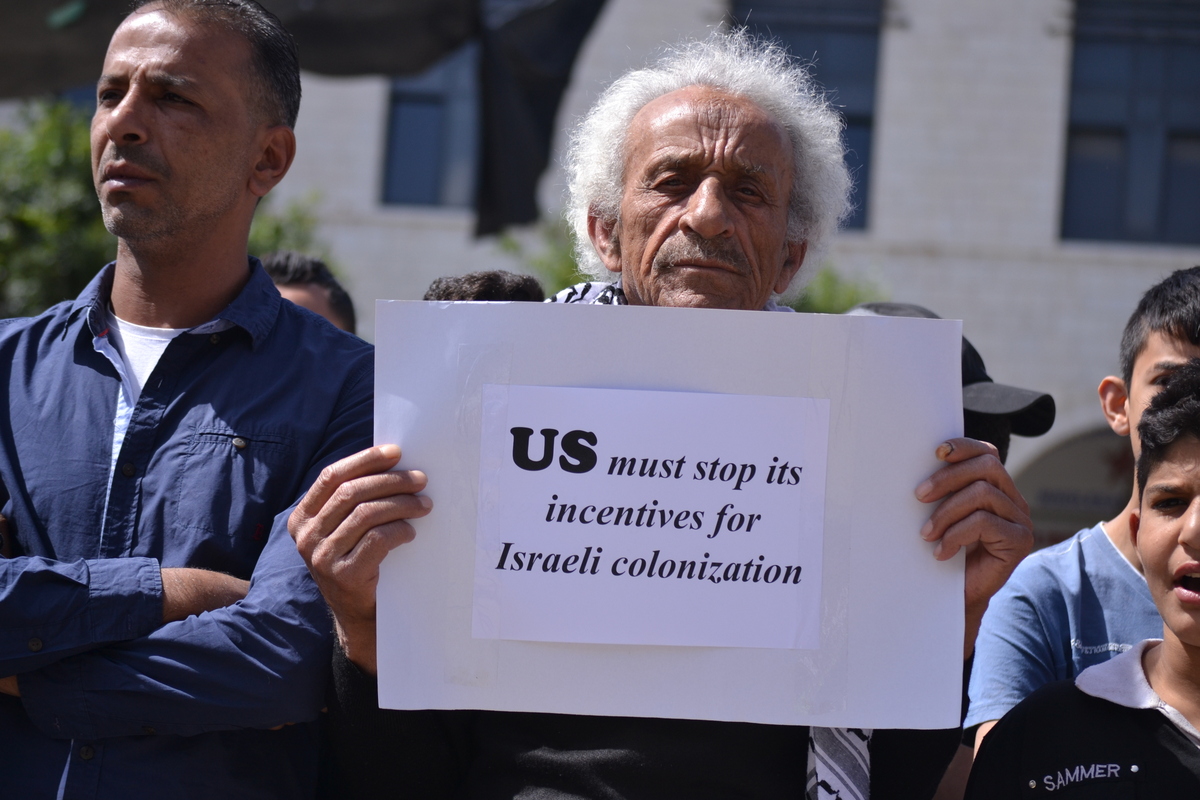The Green Planet Monitor

Genetic Gold Mine
Wheat: genus Triticum. It’s a grass, a cereal, cultivated around the world for its grain, across vast swaths of land.
Alongside maize and rice, wheat is the food staple for human beings here on Planet Earth.
Wheat has come a long way since humans began cultivating it, 10,000 years ago in the Fertile Crescent. Of the dozens of species, Triticum aestivum is the most commonly grown these days.
Since the launch of the Green Revolution, sixty years ago, Triticum has come to be bred for a half dozen traits best suited for mass production — yield being the most crucial. The payoff has been huge. Wheat accounts for an estimated fifth of the calories Earth’s eight billion, 123 million people consume.

Wheat field in Ukraine
But success also breeds frailty. In a warming world, inbred wheat is poorly adapted to heat stress, and stressed wheat is more vulnerable to pathogens and pests.
Now, plant geneticists are combing through wheat’s huge genetic source code — its genome — in search of useful traits lost by the wayside over the past hundred years of hybridization and inbreeding, and the genes that code for them.
At the John Innes Centre, in the UK, researchers are drilling down into the DNA of wheat varieties gathered from fields around the world, by a very inquisitive man named Arthur Watkins. It’s a genetic gold mine, now fully sequenced by scientists in China, led by Professor Shifeng Cheng at the Agricultural Genomics Institute in Shenzhen.
The GPM spoke with Simon Griffiths about the Watkins Collection and its DNA sequencing. Griffiths is Group Leader at the Delivering Sustainable Wheat Programme of the John Innes Centre, in Norwich, England.
Listen to our conversation in today’s podcast. Click on the play button above, or go here.

Ethiopian farmer Birtukan Kebede shows off some prize grains of heritage wheat (David Kattenburg)
This past Friday, the International Court of Justice, in The Hague, issued a landmark ruling.
In an 83-page Advisory Opinion, addressed to the UN General Assembly, that solicited it, the UN’s top court declared that Israel’s 56-year belligerent occupation of the West Bank, including East Jerusalem and Gaza is unlawful, and that Israel must terminate it in short order.
The self-declared ‘Jewish State’ must also stop building settlements, the ICJ advised the UN, evacuate all its settlers, allow Palestinians to return to their lands, and compensate them for the losses and damages they’ve suffered.
The last time the ICJ issued an Advisory Opinion on the so-called Israel-Palestine ‘conflict’, it focused on the Separation Wall Israel was building, largely on Palestinian land. The Wall was illegal, the court declared — an infringement of the inalienable right of the Palestinian people to self-determination in their historic homeland — and had to come down.
Israel ignored the order, and the international community hasn’t enforced it. ICJ Advisory Opinions are non-binding.
They do carry enormous judicial authority, however. Days before the release of the ICJ’s Advisory Opinion on the ‘Legal Consequences’ of Israel’s prolonged occupation, the GPM discussed its significance with Michael Lynk, a Canadian legal scholar, retired faculty member at Western University, in Ontario, and former UN Special Rapporteur on the human rights situation in occupied Palestine.
Listen to our conversation in today’s podcast. Click on the play button above, or go here.

Bethlehem protest against Israeli occupation (David Kattenburg)






 Visit Podcast Website
Visit Podcast Website RSS Podcast Feed
RSS Podcast Feed Subscribe
Subscribe
 Add to MyCast
Add to MyCast